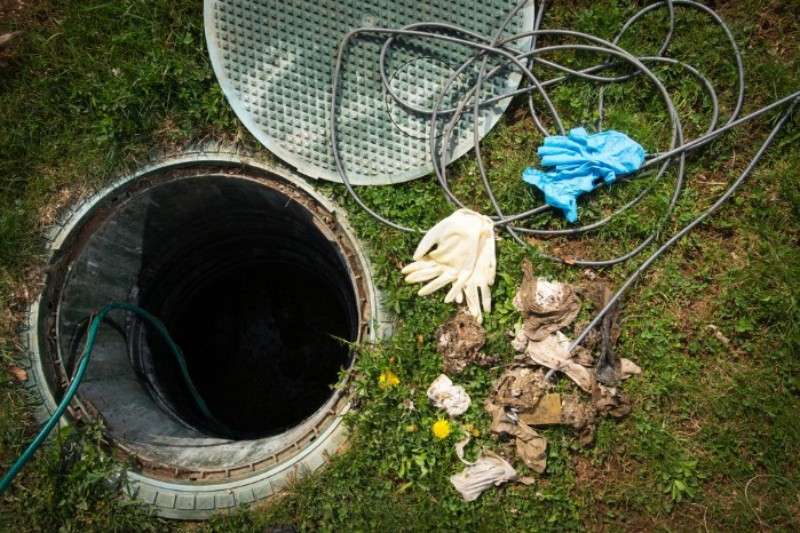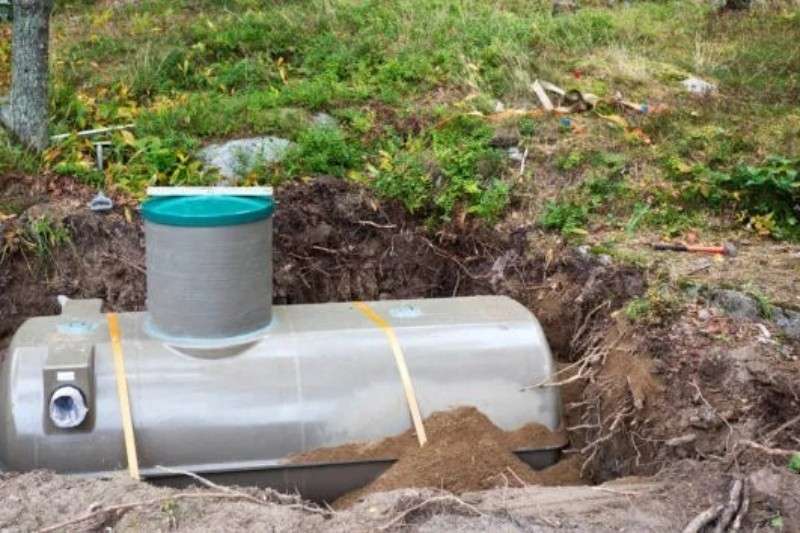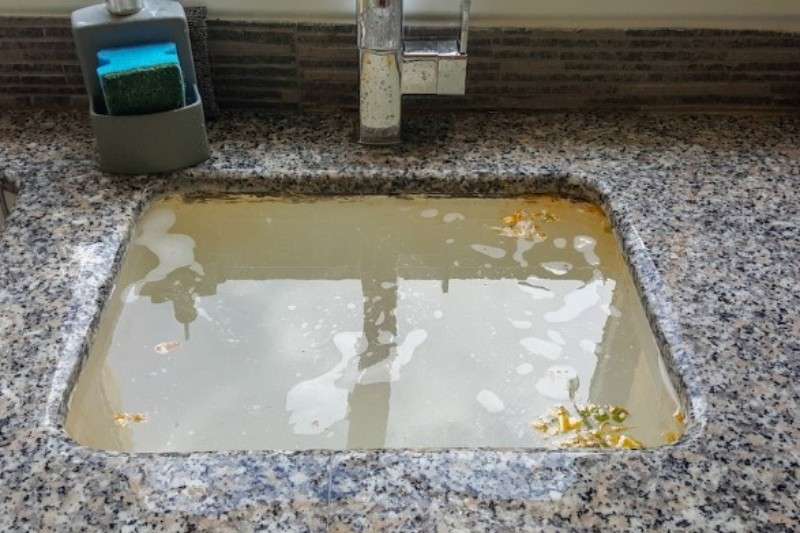When maintaining sanitation and hygiene in your home, your septic system plays a pivotal role. Unfortunately, there is the possibility of experiencing septic backup if you don’t properly care for this important part of your plumbing infrastructure. Septic system backups can cause significant damage to both land and property, not to mention wastewater contamination that can have far-reaching impacts on human waste and public health.
To protect yourself from costly repairs or potential water contamination issues down the road, it is essential to know how to properly maintain and prevent septic system backups.
In this blog post, we will share helpful tips for preventing these problems by providing insight into what causes them and pointing out any warning signs that suggest something might be amiss with your system.
Introduction to septic system backups
Septic system backups can be a major headache for homeowners, leading to excessive repair costs and potential health risks. A septic system backup occurs when the tank, pipes, or drains become blocked or clogged, and wastewater cannot flow properly. This blockage can occur due to several issues, such as too much solid waste in the tank, pipe corrosion or tree root invasion, soil issues, or faulty installation.
When a septic system backup occurs, it can have serious consequences. Wastewater may flow into the home, causing extensive damage and potential health risks to those exposed to the contaminated water. In some cases, repair costs can be costly and time-consuming. That’s why it is important to prevent a septic system backup before it occurs.
Preventing backups can help ensure that your septic system will continue operating properly for years. You should regularly inspect and maintain your septic system and follow some key tips for preventing backups. This includes avoiding putting too much waste in the tank and disposing of non-biodegradable materials properly.
You should also ensure the soil or septic company has good drainage, repair clogs or leaks as soon as possible, and inspect the system annually for potential problems. By taking these steps, you can help keep your septic system functioning properly and avoid any costly repairs or health risks.
Conserving water to reduce stress on the septic system
Conserving water is an important component of preventing septic system backups. Excessive water use can cause the tank’s solids to overflow, leading to clogging and a backup into your home or yard. To reduce stress on your septic system, you should minimize water usage throughout the household by taking simple steps such as:
- Fixing any leaking faucets, toilets, and pipes in the house.
- Installing low-flow fixtures (such as toilets) that use less water per flush.
- Taking shorter showers with a showerhead that has an adjustable flow rate reduces water usage.
- Run only full loads of clothes when washing and limit the use of dishwashers when possible.
- Installing rain barrels to capture water from gutters and downspouts for reuse in your lawn or garden.
Following these tips can significantly reduce the water used in your home, decreasing the risk of septic system backups and helping you save on utility bills. It is important to note that the amount of water used in your home affects the performance of the septic system, so always be mindful of how much water you are using and follow these tips as best as possible.
Proper waste disposal practices

Septic systems are a crucial part of keeping our waterways and environment clean, but if septic systems fail not properly maintained, they can lead to backups and other costly repairs. The good news is that there are simple steps you can take to prevent septic system backups.
To keep your septic system running properly, start by following proper waste disposal practices. This means throwing garbage, food scraps, and other materials in the trash or garbage disposal instead of the toilet or drain. Avoid pouring grease down the sink as well; it can solidify in your pipes and cause a clog.
Items to avoid flushing or draining into the septic system include toilet paper, towels, wipes, feminine hygiene products, diapers, cigarettes, and flushable cat litter. These items can cause a blockage in the pipes of your septic system leading to costly backups.
Regular septic tank pumping and maintenance
Regular pumping and maintenance of your septic tank are key to preventing backups. The pumping process removes solids that accumulate in the tank, which can cause a blockage and ultimately lead to a backup. In addition, recommended maintenance procedures should be followed routinely to ensure the system functions correctly.
When it comes to septic tank pumping frequency, it can vary depending on the size of the septic tank pumped and usage patterns. Generally speaking, a septic tank should be pumped every two to five years for residential properties with two or fewer occupants. For larger or commercial properties, it is recommended that the tanks are pumped every one to three years.
In addition to pumping, regular maintenance should also be carried out on the new septic system itself. This includes inspecting the tank for any damage or leaks and checking the pipes that connect it to other septic system components for proper functioning. It is also important to inspect and clean the drain field regularly. This can help to prevent clogging and backups in the system.
Regular septic system maintenance following a regular pumping and maintenance schedule can help ensure your system functions correctly and prevent backups. Be sure to consult with a professional before undertaking any major maintenance or repairs on the system. Properly maintaining your septic tank will help keep your home healthy and safe.
Installing and maintaining septic tank filters
Installing and maintaining septic tank filters is a key component to preventing backups. Septic tank filters are installed to help keep solids from entering the drain field, where they can clog the system and cause backups. The filter must be in good condition to protect against drain and pump field buildup.
The function of septic tank filters in preventing backups is to capture and store solid materials that enter the system, such as grease, soap scum, food particles, and other debris. Bacteria then break down these solids before they can reach the drain field. If not filtered out, these solids can accumulate and cause serious blockages in the tank-pumped drain field, resulting in backups.
Proper filter installation and cleaning procedures must ensure that solids are captured and stored properly. Filters should be inspected regularly and cleaned or replaced as needed. Additionally, septic tanks should be pumped out every two to three years, depending on usage, to help prevent problems with the filter or drain field.
Following these steps can help ensure your septic system works properly and remains backup-free. Doing so will save you time, money, and potential headaches in the long run.
Inspecting and addressing drain field issues

To prevent septic system and sewer backups, inspecting and addressing any potential drain field issues is important. Drain fields provide an effective way for wastewater from the home to be released into the soil with minimal impact on the environment. Unfortunately, these systems can become clogged or damaged over time due to various factors such as tree roots, flooding, or overuse.
Identifying the signs of drain field problems is essential to prevent backups. Common signs include wet spots on the lawn, slow-draining toilets and sinks, sewage odor near the septic tank or drain field, and a backup of wastewater into your home through toilets or drains. If you suspect that there could be an issue with your drain field, it is important to take the following steps.
First, you should contact a professional septic system service to assess and diagnose the problem. They will be able to identify the extent of any damage or clogs and recommend solutions such as replacing damaged pipes or installing new drainage systems. Additionally, they can recommend preventive measures such as regular inspections and maintenance to ensure the system is working effectively.
Limiting water usage in your home is also important if you suspect problems with your septic system or drain field. If possible, conserve water by taking showers instead of baths, washing full loads of laundry at once, and ensuring that only biodegradable soaps and detergents are used.
Finally, if you. ‘ve taken all of the above steps but still have problems with your septic system or drain field, using a pressure washer on the area may be necessary to clear away any remaining debris. Contacting a professional will be key to properly assessing the issue and determining what action should be taken.
FAQs
What are the common causes of septic system backups?
Common causes of septic system backups include clogged filters, cracked or damaged pipes, tree roots invading the drain field, and an overloaded system. Non-biodegradable soaps and detergents can damage a septic system over time.
How can I tell if my septic system is experiencing a backup?
Signs of a septic system or sewage backup may include wet spots on the lawn, slow-draining toilets and sinks, sewage odor near the septic tank or drain field, and a backup of wastewater into your home through toilets or drains. If you suspect a problem with your septic system, it is important to contact a professional septic service for an assessment.
What should I do if I have a septic system backup in my home?
If you have a septic system back up in your home, turning off the water immediately is important. This will help prevent further damage to the system and allow plumbing professionals to assess and address the issue.
Can septic system backups pose health risks?
Yes, septic system backups can pose a health risk. Wastewater that backs up into your home may contain bacteria and other contaminants that can lead to illnesses if ingested or come in contact with skin. If you experience a septic tank backup, it is important to take appropriate safety measures, such as wearing protective clothing and using disinfectants to clean the affected area.
How much does it cost to repair a septic system backup?
The cost of repairing a septic system backup will depend on the extent of the damage and the type of repair required. Repair costs can range from several hundred dollars to upwards of thousands, depending on what needs to be done. Contacting a professional for an assessment is important for an accurate repair cost estimate.
How can I prevent septic system backups during heavy rain or flooding?
During heavy rain or flooding, it is important to take precautionary steps to protect your septic system. Start by checking for standing water in your yard, indicating a clogged sewer or drain field.
Conclusion
Protecting your septic system should be at the top of your list regarding home maintenance. Systems that are not cared for can result in costly backups and inconvenient repair jobs. We hope our discussion has helped identify some of the common causes of septic system problems and offer advice on how to prevent them from occurring. While prevention is always the best approach, you should watch your septic system inspection if something goes wrong.


